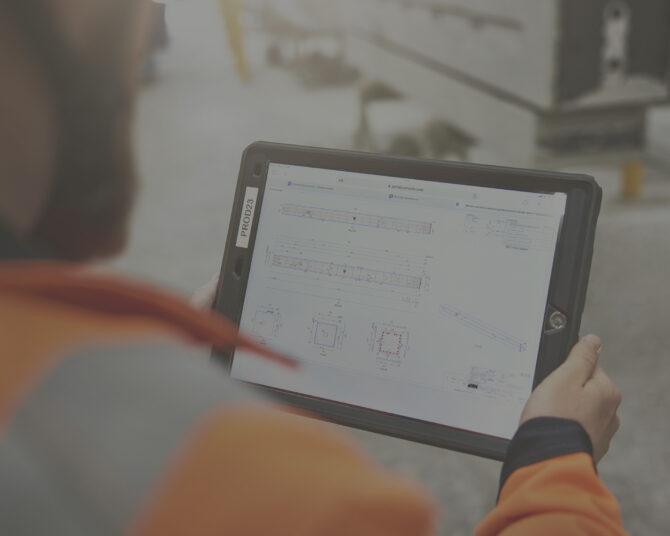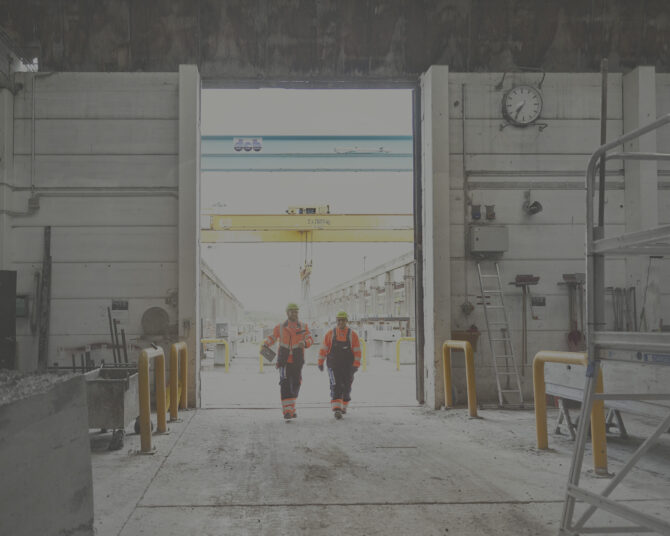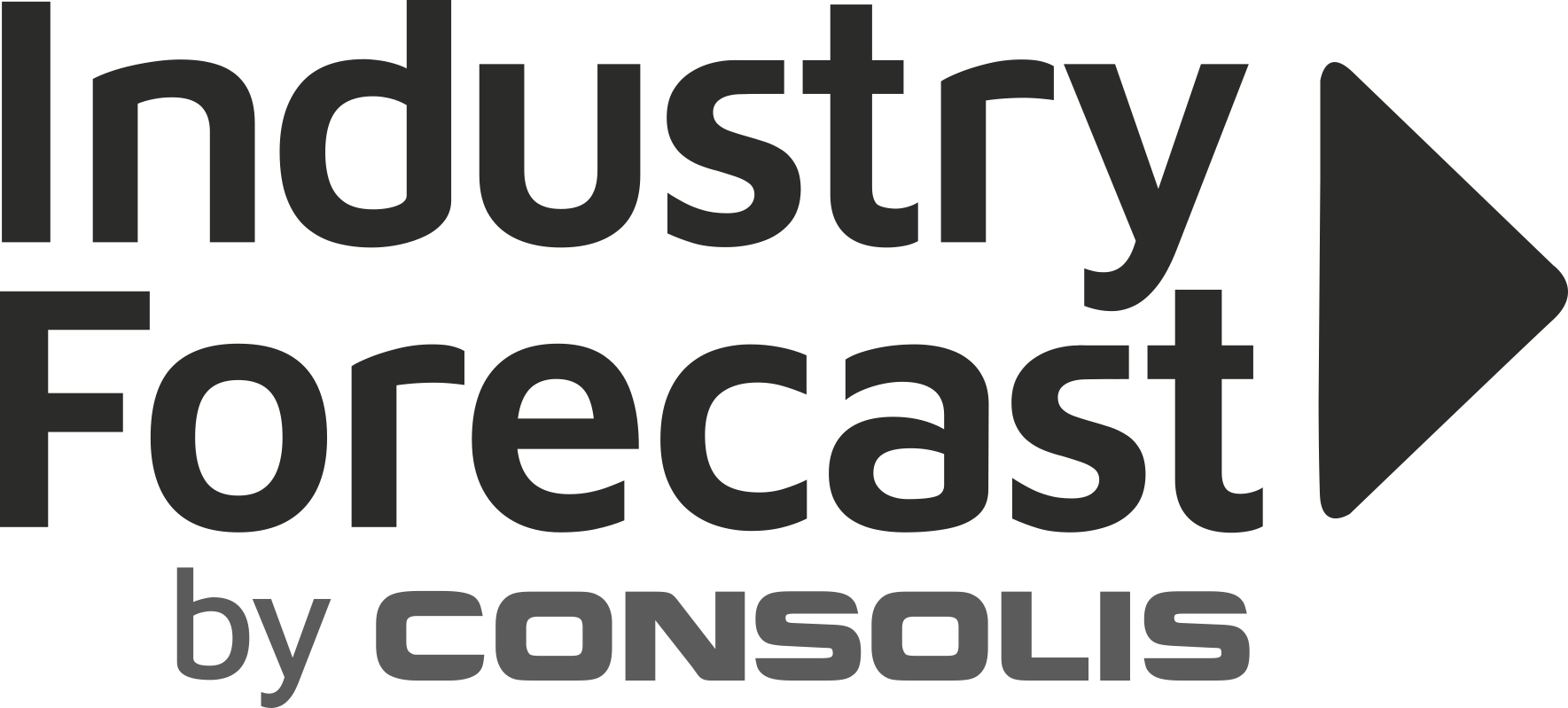Creating safe workplaces is about much more than following rules – the core lies in building a culture where safety is embedded in everything you do. Companies that are successful in their safety efforts see many positive effects: beyond improving employee well-being, it also builds trust with customers and partners. But what are the biggest challenges and opportunities in creating a safe workplace in an industrial environment? And how should companies act to accelerate their safety efforts? Pierre Makdessi, Head of Safety at Consolis, shares his insights after more than 15 years working in the field of safety.
“Creating safe work environments is not just an internal priority. It is about ensuring that, as a supplier, we can meet customers’ strict safety and sustainability requirements for their supply chains. But it is equally about trust and quality. Customers want to work with partners who act responsibly at every stage. Additionally, the link between safe workplaces, quality, and efficiency is clear”, says Pierre Makdessi.
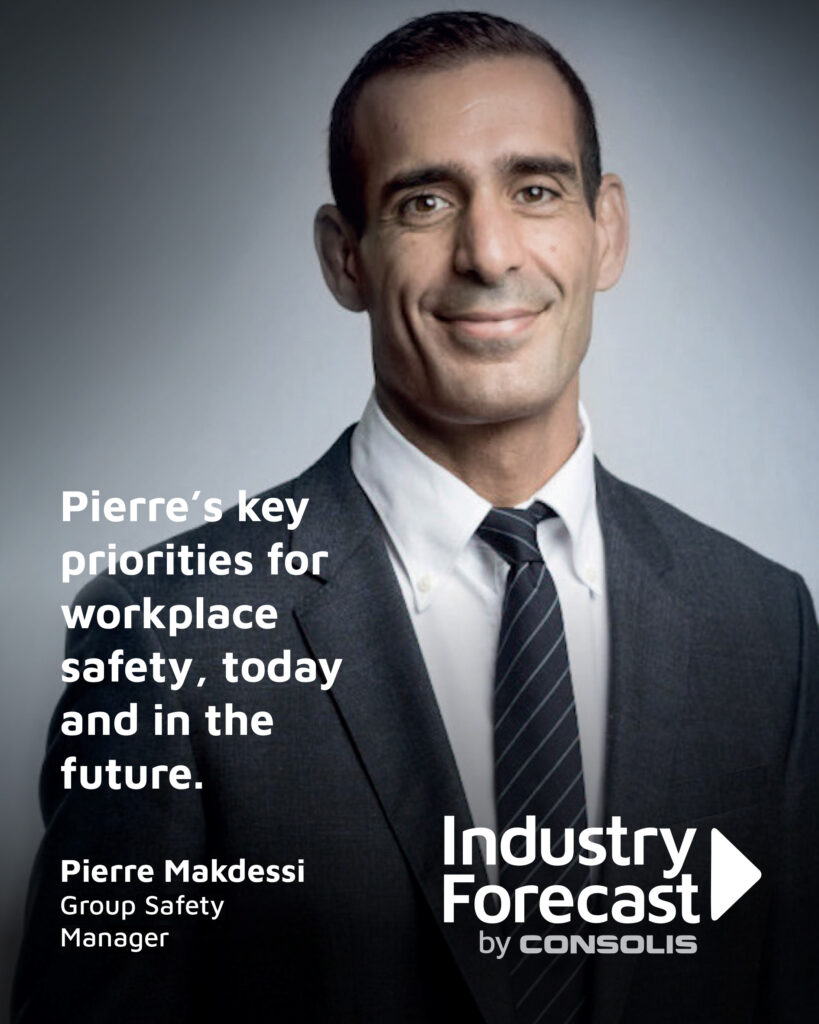
Key priorities for workplace safety
Creating safe workplaces requires systematic effort every day. Pierre Makdessi highlights three key priorities:
- Foster a safety culture. Safety is about mindset, not just rules. Building responsibility takes time but is essential.
- Safety in a fast-paced environment. Deadlines and changes are challenges, but safety can never be compromised.
- Adapting to evolving risks. As processes and technology evolve, so do risks. Continuous assessments prevent incidents.
“At Consolis, we have an annual Health and Safety Week where we fully focus on how to accelerate our proactive safety efforts. In addition to increasing employee knowledge about safety, it sends a strong internal message that this is a top priority for us as a company. Equally important is our daily work, where we maintain an open dialogue at all levels about how we can improve,” says Pierre Makdessi.
Strong leadership, involvement, and regular training characterize successful companies
The companies that are most successful in their safety efforts share several common traits, according to Pierre Makdessi.
To begin with, Strong leadership and commitment are essential. Safety starts at the top – leaders must actively demonstrate their commitment to safety, ensuring it becomes a natural part of everyday operations.
Another key factor is Employee involvement. Safety must be a team effort. Employees should feel empowered to report hazards and suggest improvements without fear of repercussions.
A third crucial element is Clear standard operating procedures and continuous training. Ensuring that all employees understand expectations, risks, and work methods is essential. Therefore, safety training should not be a one-time event but a continuous learning process.
Finally, Pierre Makdessi emphasizes the importance of Recognition and reinforcement. By encouraging and rewarding safe behaviours rather than just reacting to incidents, you foster a proactive safety culture.
“At Consolis, we work according to the principle ‘Don’t Walk By’, which calls on everyone to remain constantly vigilant -for their safety and the safety of others. For an industrial company like ours, maintaining a safe working environment is critical – not only for the well-being of our employees but also for building trust with our customers and partners,” says Makdessi.
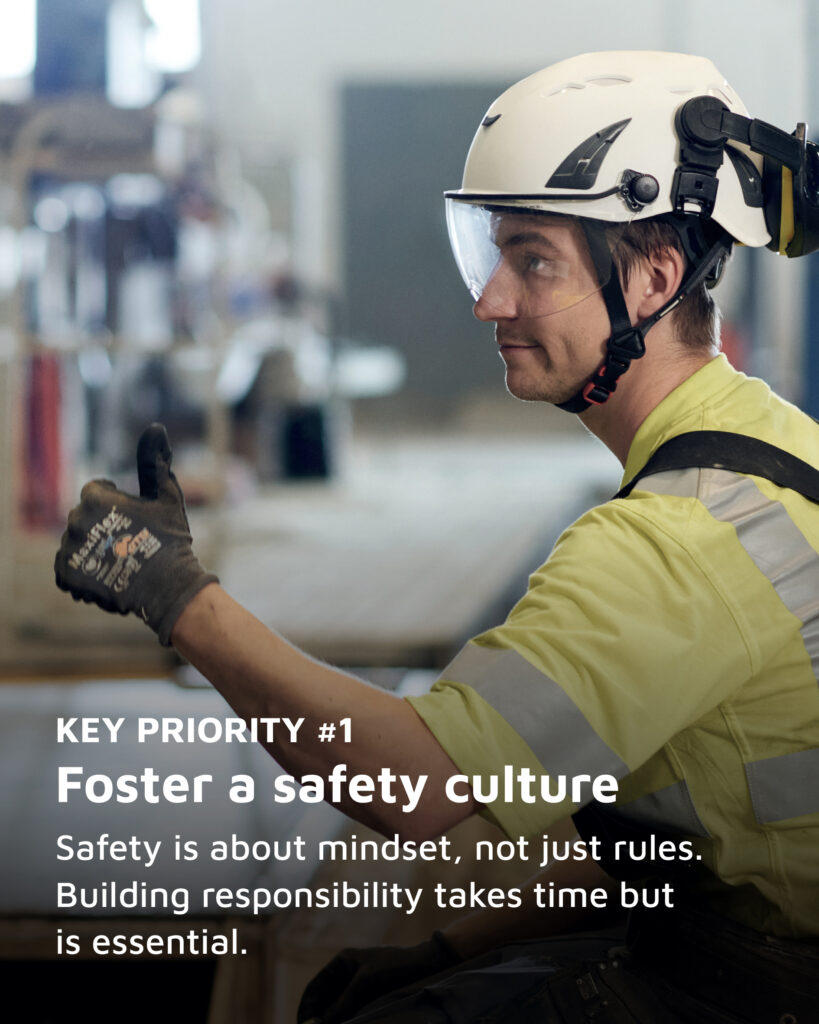
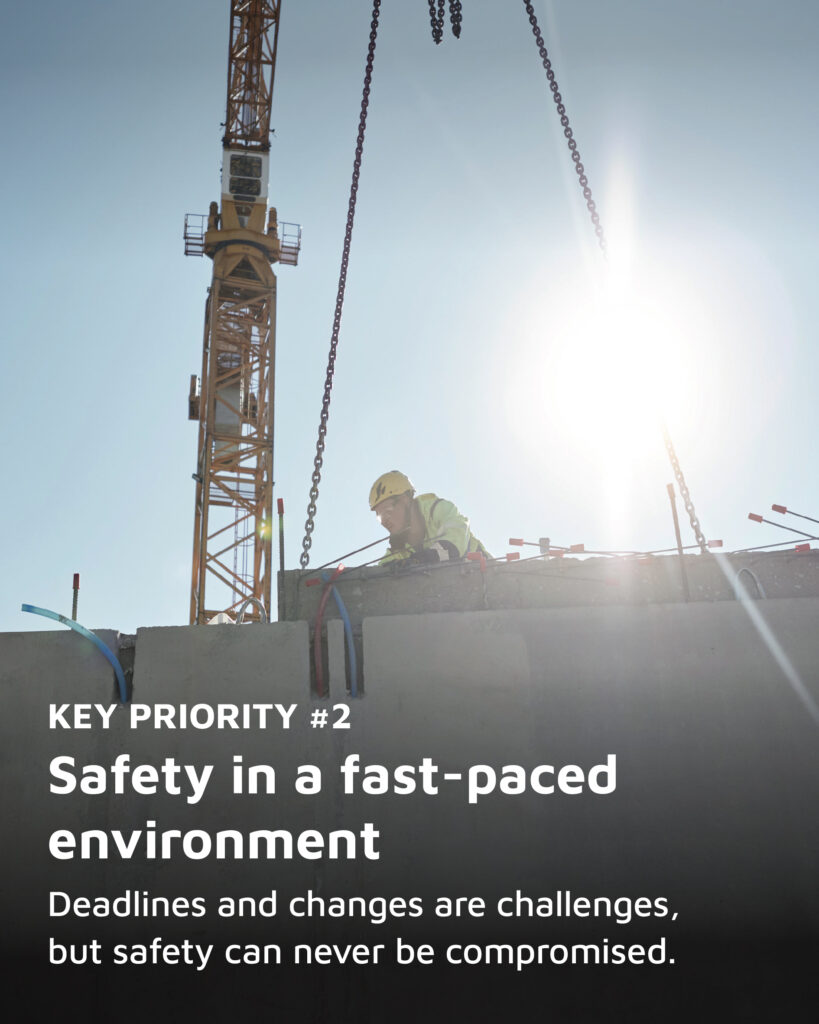
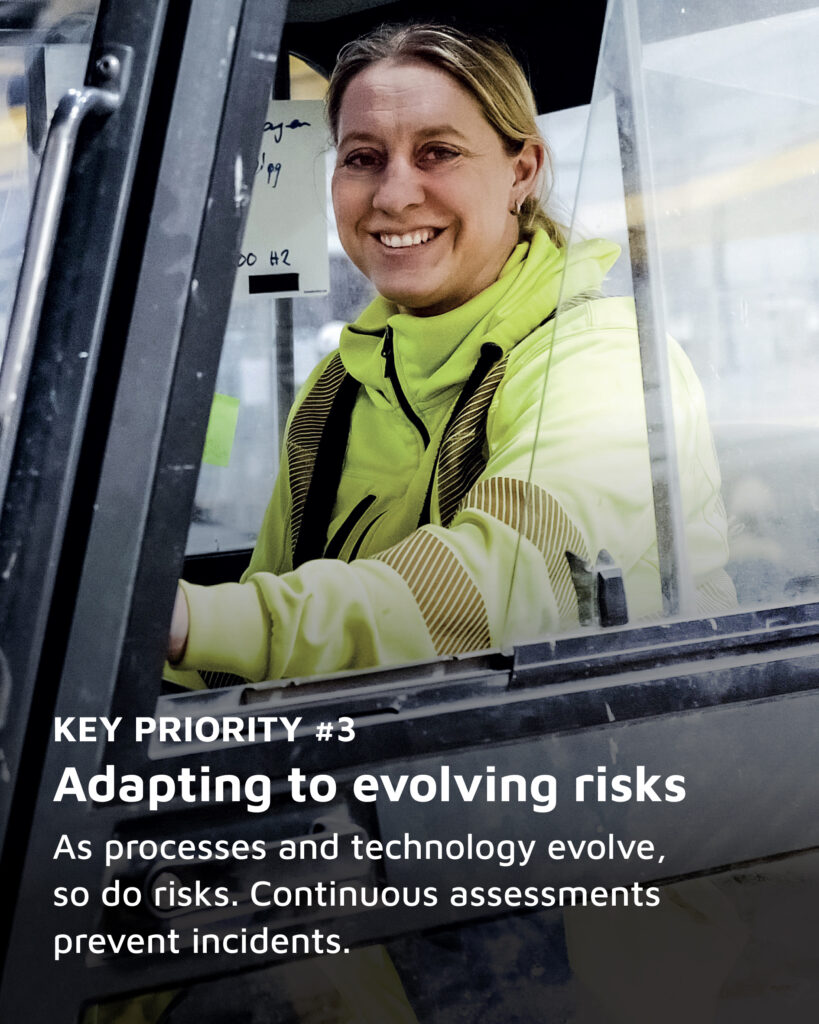
Leveraging technology for safer workplaces
New technology creates many exciting opportunities to enhance workplace safety efforts. Predicting risks and acting on them before accidents occur is a key part of proactive safety work. Here, Pierre Makdessi predicts that AI-driven risk analysis can make a significant difference. By processing large amounts of data, companies can make their risk assessments more accurate. Another success factor is continuous training for hazardous situations, it is not enough to learn these issues theoretically; practical exercises are also necessary. Here, Virtual Reality (VR) training can play an important role. With the help of VR, employees can practice dangerous situations in a controlled, virtual environment.
“During Consolis’ annual Health and Safety Week, we have successfully used VR technology. Our employees have been able to practice hazardous situations in a safe virtual setting, which was both fun and educational. We are now exploring how we can use this technology more regularly. Practicing real-world situations is an unbeatable way to raise awareness and competence,” says Pierre Makdessi.
Pierre’s key mantras for a safe workplace
Working with safety also means simplifying. Our brains need short, clear messages : principles we can carry with us in our everyday work. Pierre’s key mantras, which he always shares with his colleagues, are:
- Safety is everyone’s responsibility
- If it’s not safe, don’t do it
- Learn from every incident
By actively working on these areas, companies can create a safer, more sustainable work environment, benefiting both employees and the business as a whole.
About Pierre Makdessi
Pierre Makdessi in an experienced leader and have a background in operations, production, health, Safety, Security and HR. Since 2023, he has served as Global Head of Safety at Consolis, driving strategic safety initiatives across the group. Pierre holds a B.Sc. in Computer and Electrical Engineering from Linköping University and brings a strong technical foundation to his leadership in safety and organizational development.
